Nosferatu 2024 is not just a horror film; it is a multilayered work that explores the confinement of women within gender roles, the destructiveness of male desire, and the inescapable cycle of male violence.
Ellen’s Struggle Against Gender Norms
At the heart of the film lies Ellen’s conflict with societal gender norms. Throughout the film, she is portrayed as a woman whose freedom is stripped away and whose desires are suppressed.
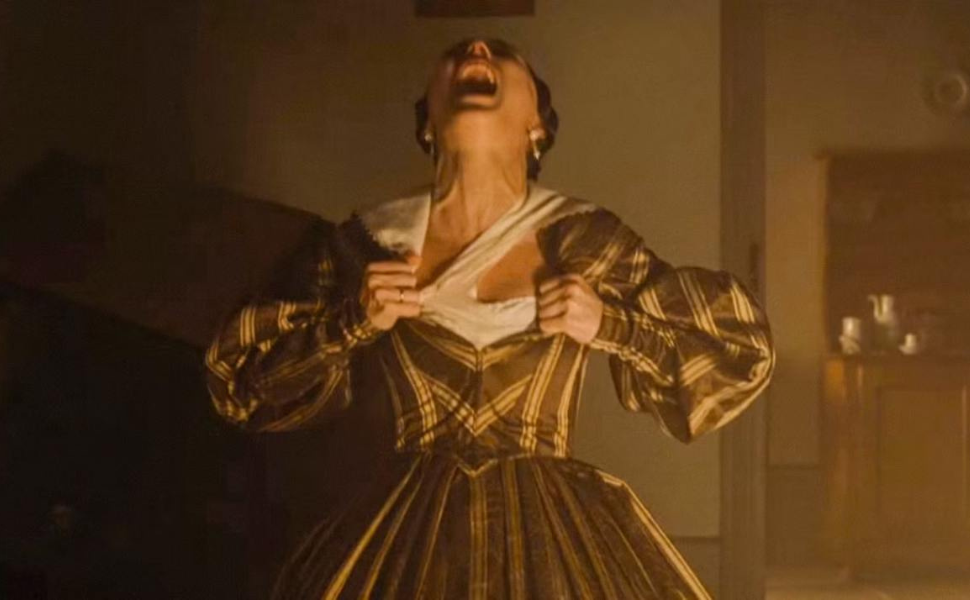
Orlok’s attempt to deceive Thomas and take Ellen as if she were a piece of property serves as a powerful metaphor for the historical treatment of women’s bodies as bargaining tools. Ellen’s physical constraints—whether being tied to the bed or tightly corseted—remind us of society’s long-standing interventions on the female body.
The Duality of Female Representation
The film draws sharp distinctions between gender roles through its two female characters. Anna Harding represents traditional femininity, embracing marriage and motherhood as her primary roles. Her worth, in the eyes of her husband Friedrich, is directly tied to being a “good wife and mother.”
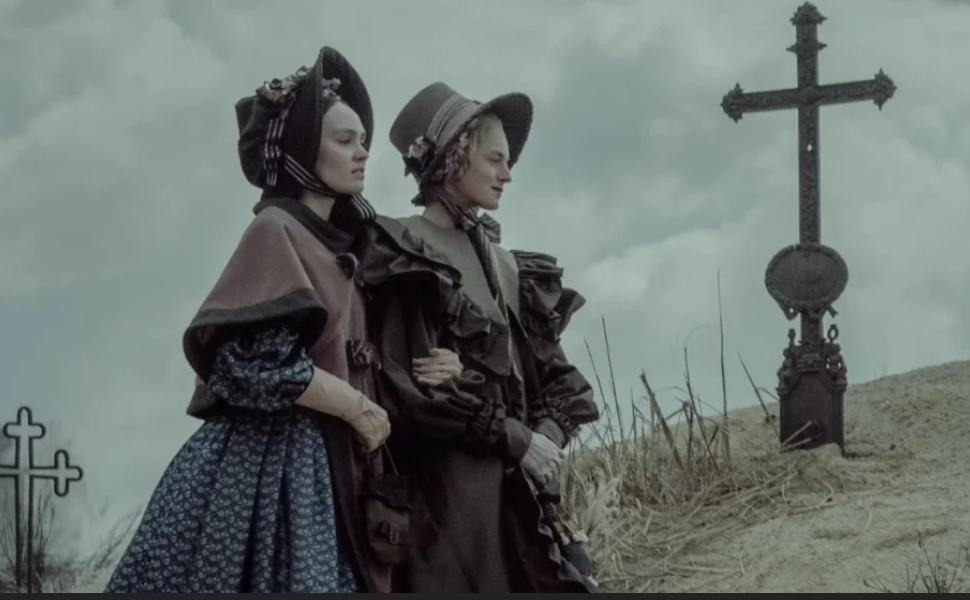
In contrast, Ellen is positioned as “troublesome” due to her sexuality and desires. Society categorizes women as either “mothers” or “sexual objects,” leaving no space for those who do not fit into this binary. Ellen, refusing to conform, becomes an outcast.
Male Figures as Symbols of Patriarchal Control
The male characters in the film embody different aspects of patriarchal dominance. Friedrich Harding, despite appearing as a loving husband, only values Anna as long as she adheres to traditional roles. A woman like Ellen—who asserts her sexuality and independence—is seen as threatening and unacceptable. Friedrich’s disgust toward Ellen is not about her personally but rather a reaction to the challenge she poses to societal norms.
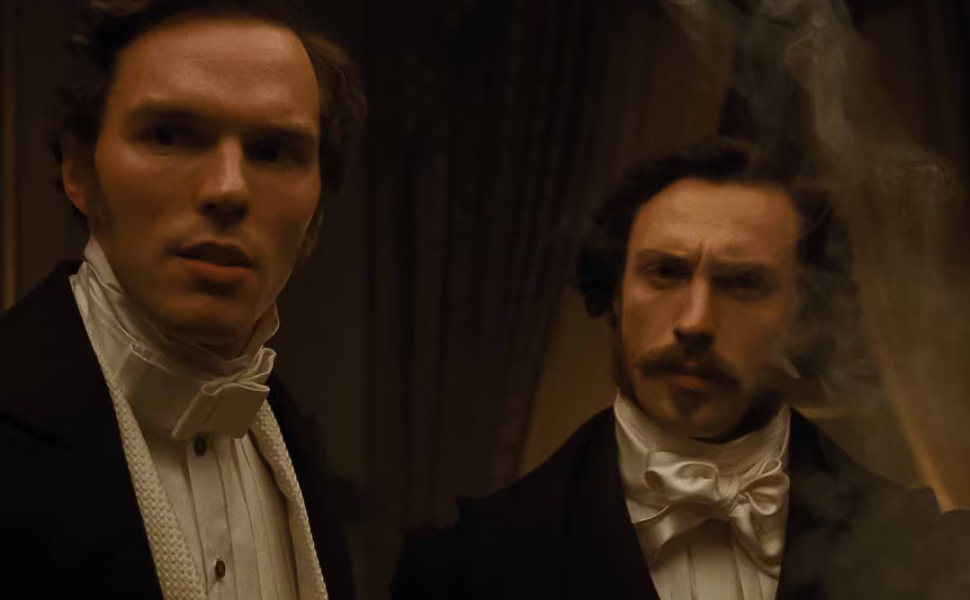
Orlok, on the other hand, represents the most primal and destructive form of male desire. His hunger for Ellen embodies the objectification of women and their subjugation to male lust. His existence is not just an individual threat but a societal one—his sexual hunger is powerful enough to bring an entire city to ruin through the plague.
Ironically, both Friedrich and Orlok ultimately fall victim to their own desires. Friedrich, consumed by his possessive obsession with Anna, succumbs to the plague, while Orlok’s violent lust for Ellen leads to his own demise. In this sense, both male figures represent different extremes of patriarchal control, yet both are ultimately destroyed by the same corrupt system they uphold.
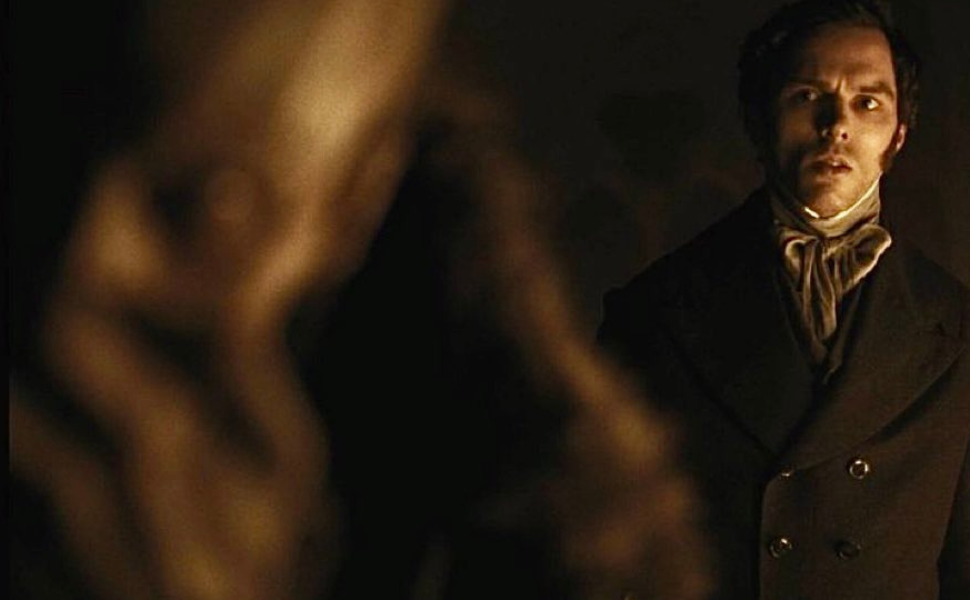
Emotional Neglect in a Patriarchal Structure
The relationship between Thomas and Ellen also highlights the dynamic of emotional neglect within this patriarchal structure. At the beginning of the film, Ellen longs for more attention and emotional closeness from Thomas, but instead of responding to her needs, Thomas buries himself in work and external responsibilities.
This illustrates how women’s emotional needs are often sidelined, even within marriage, leaving them isolated. For Thomas, Ellen is merely a complementary presence rather than an individual in her own right.
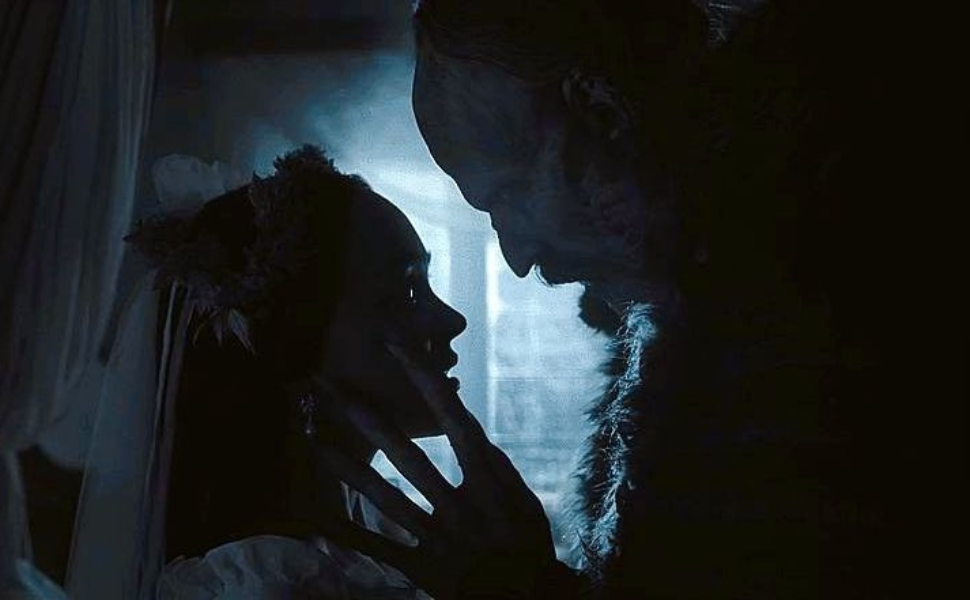
Ellen as an Active Subject, Not a Passive Victim
By the end of the film, Ellen takes control of her own fate, refusing to submit to the role Orlok has assigned her. Without her consent, there can be no union, and by discovering her own strength, Ellen becomes the one who brings Orlok’s downfall.
In a narrative tradition where women are often portrayed as “victims waiting to be saved,” Ellen defies expectations, transforming into an active subject who resists male domination.
References:
- Peinhopf, Irene. “Ellen and Greta on the Deathbed: Representations of Death and Agency in F.W. Murnau’s Nosferatu: Eine Symphonie des Grauens (1922)“
- COurse Hero: “Crius: Angelo State Undergraduate Research Journal127The Role of Nosferatuin the Development of Gender Identity, Sexuality, and Androgyny in Vampire Film“
- Bloody Disgusting: “How ‘Nosferatu’ Became a Feminist Retelling of a Horror Classic.”
- ProQuest: “Repression, Knowledge, and Saving Souls: The Role of the “New Woman” in Stoker’s “Dracula” and Murnau’s “Nosferatu”

